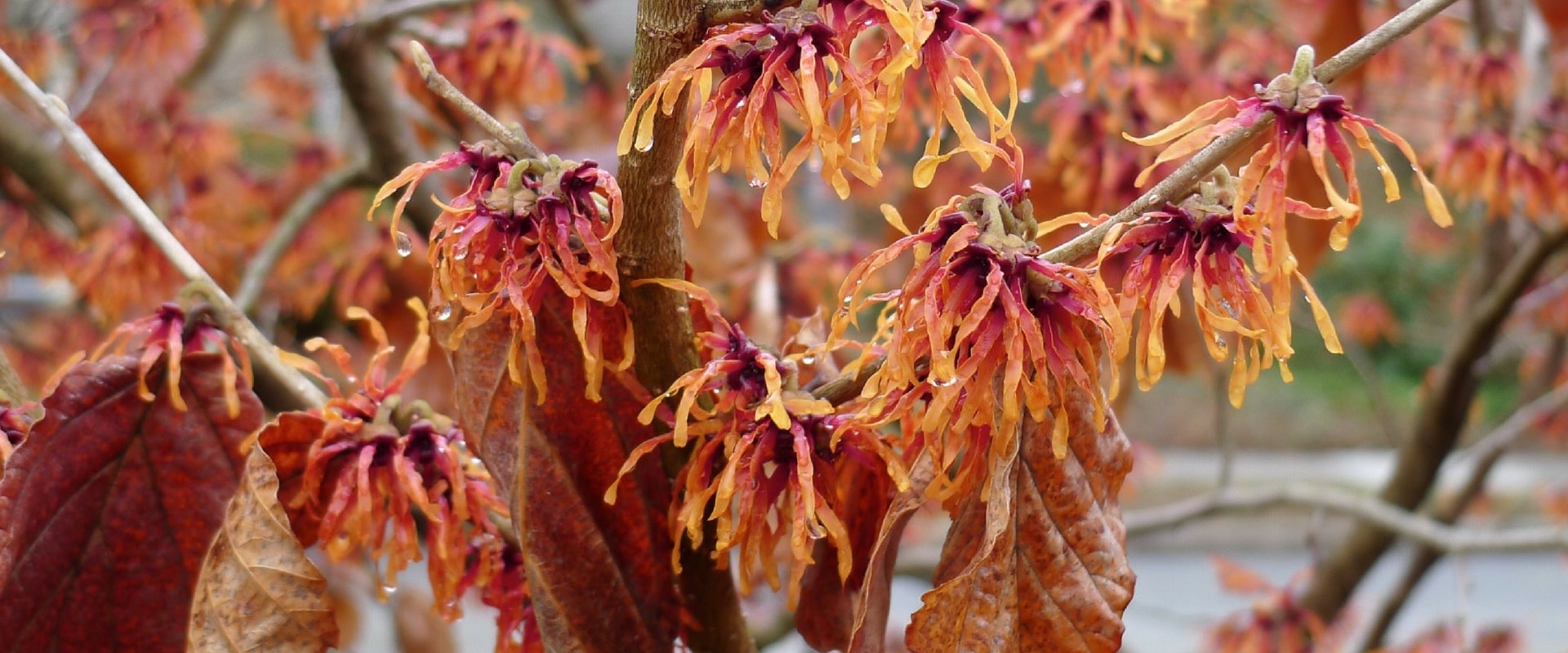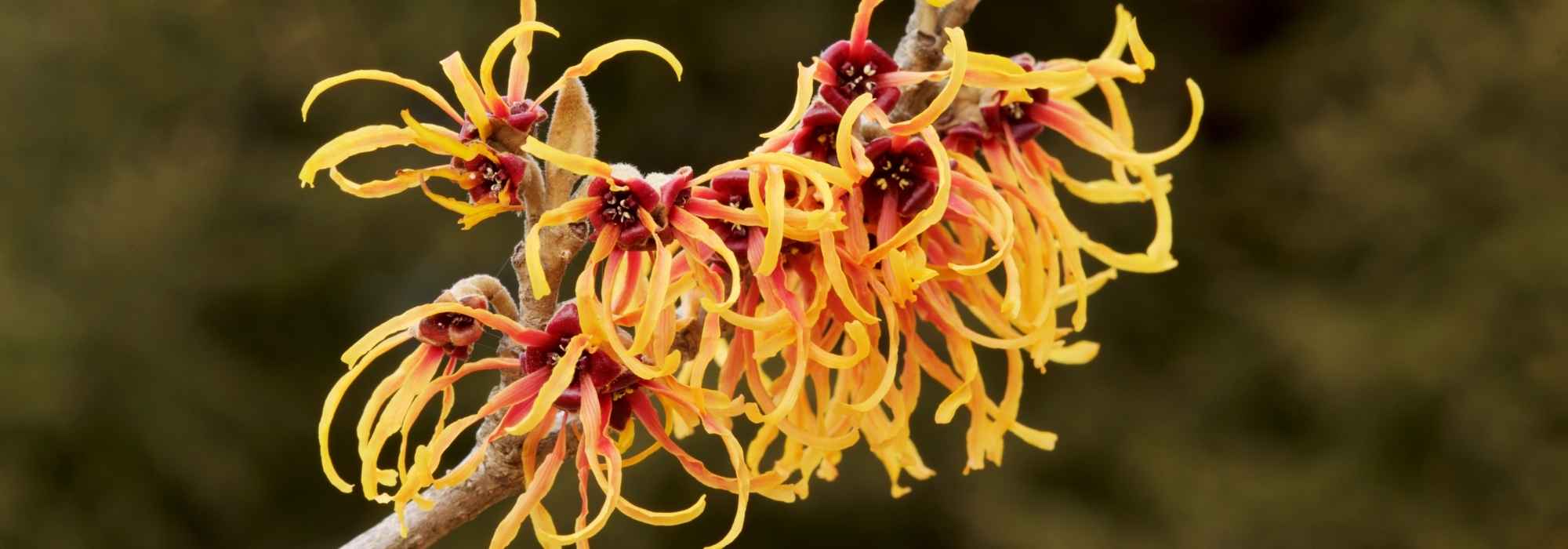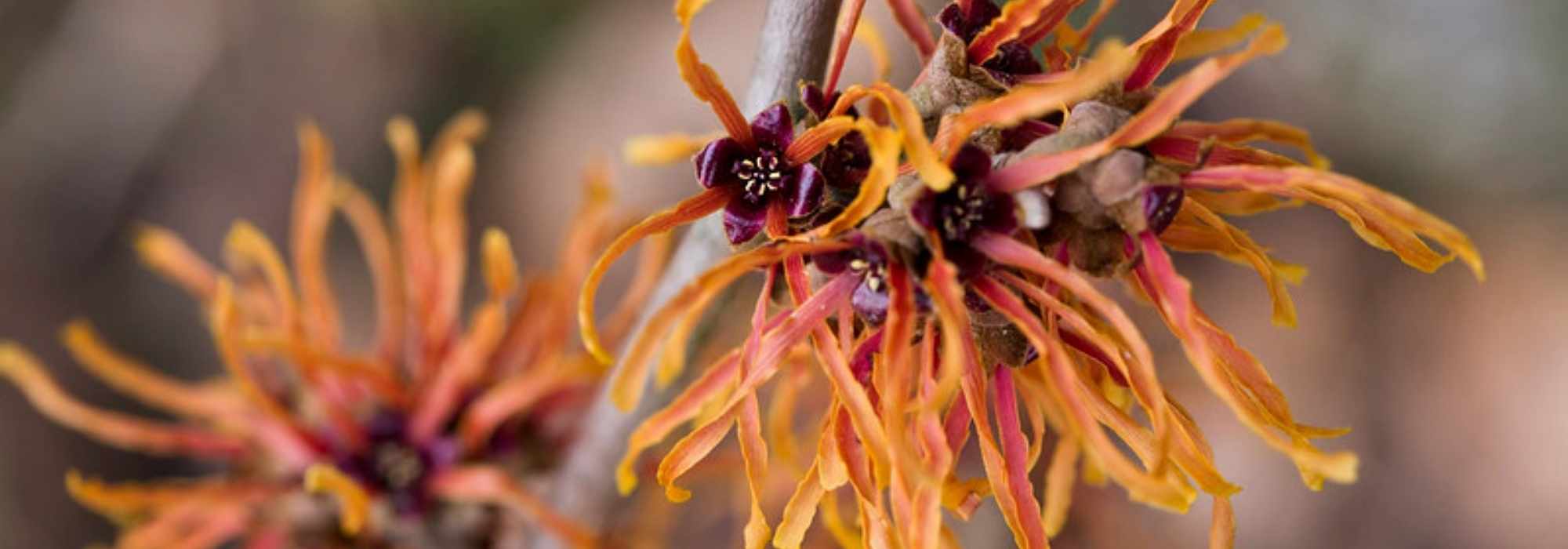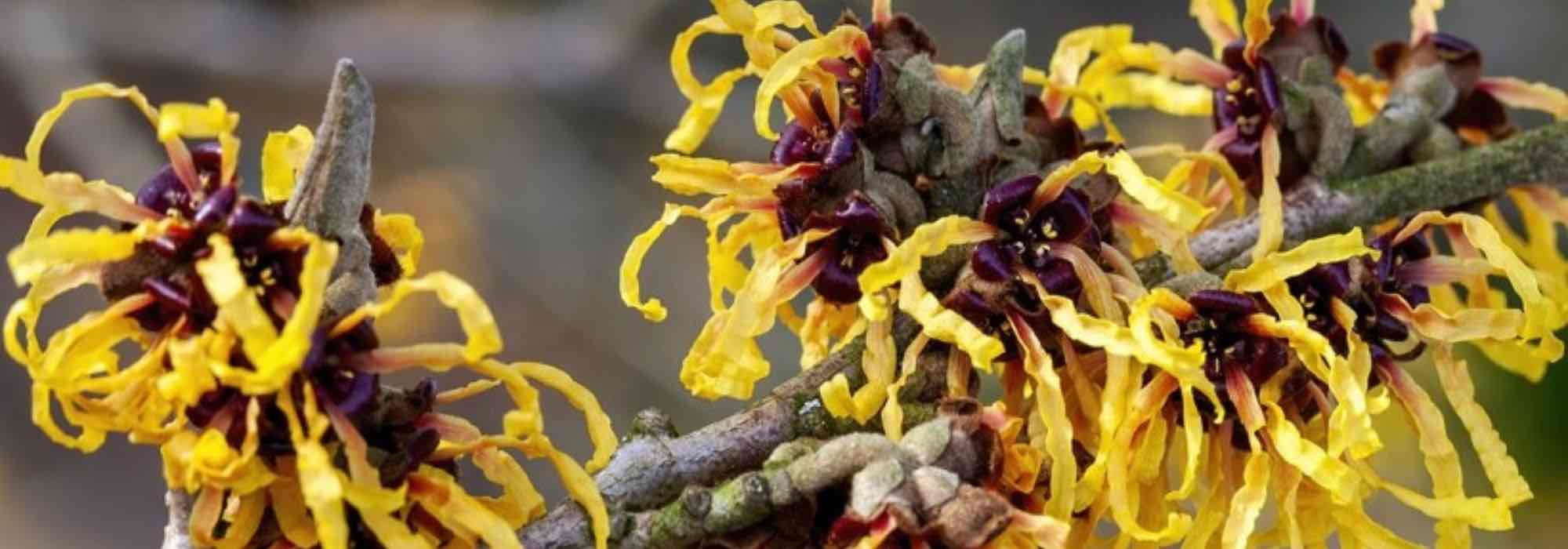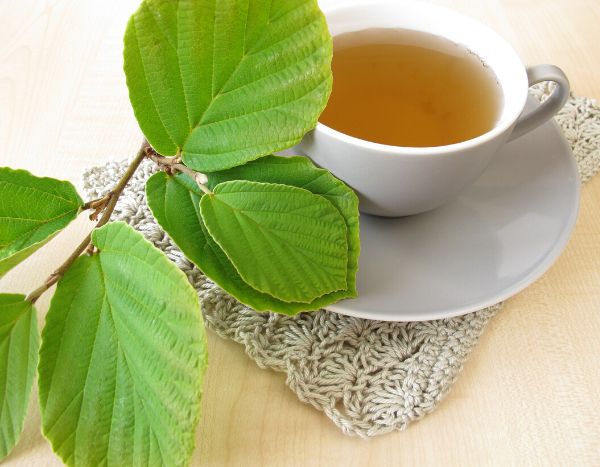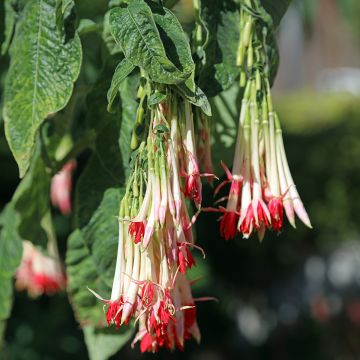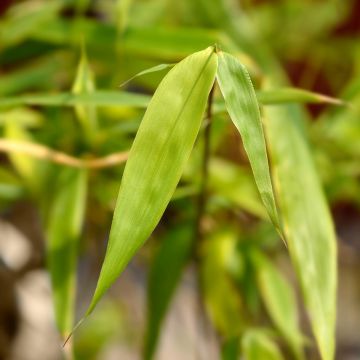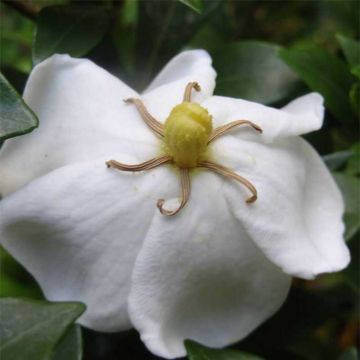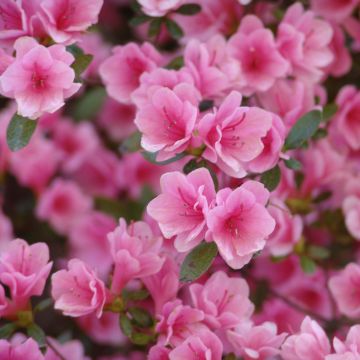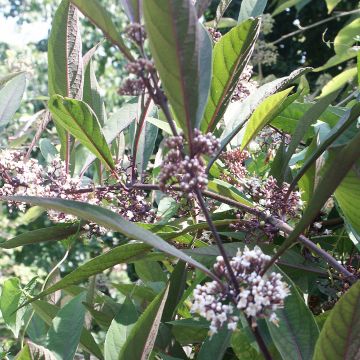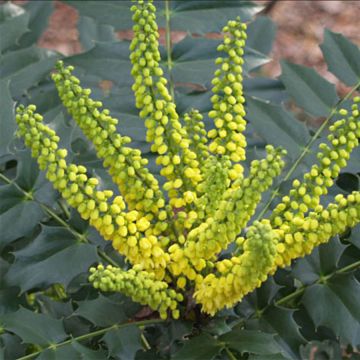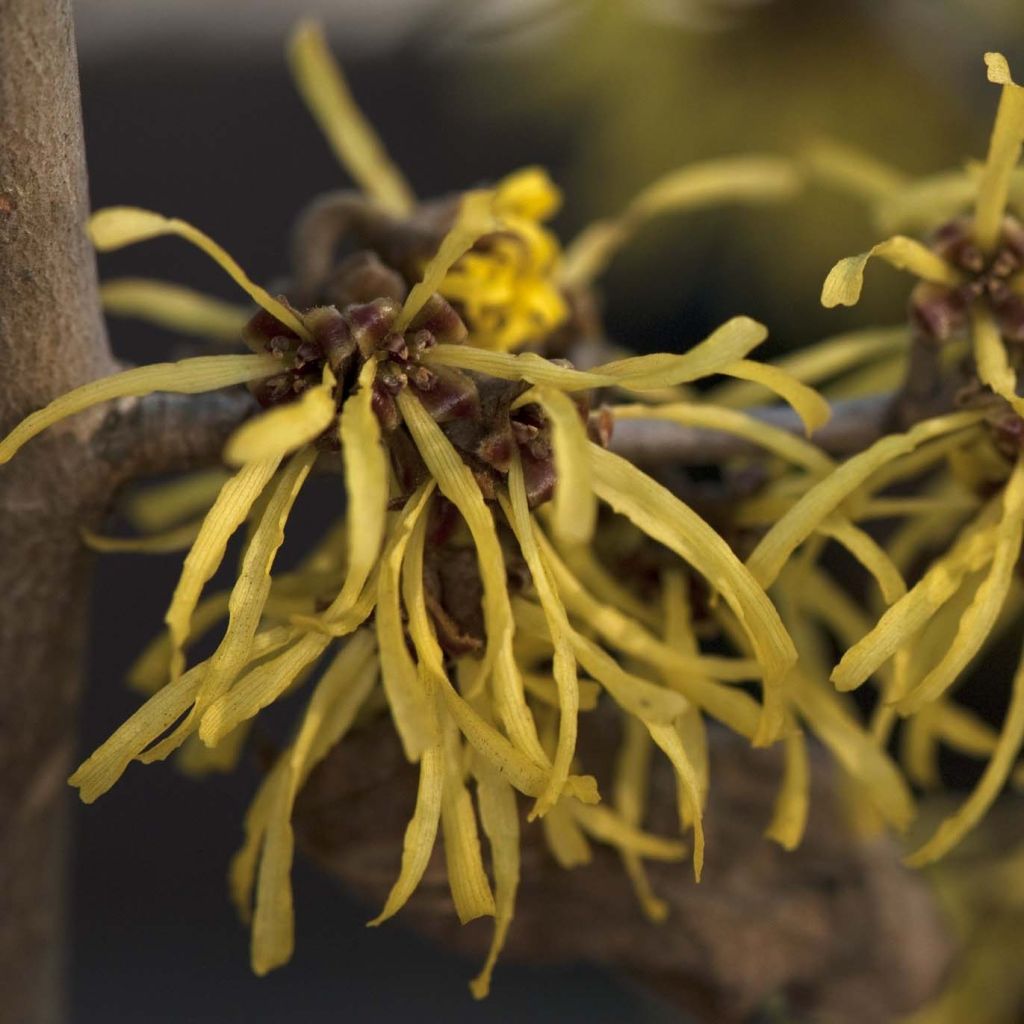

Hamamelis intermedia Westerstede - Witch Hazel
Hamamelis intermedia Westerstede - Witch Hazel
Hamamelis x intermedia Westerstede
Witch Hazel
Special offer!
Receive a €20 voucher for any order over €90 (excluding delivery costs, credit notes, and plastic-free options)!
1- Add your favorite plants to your cart.
2- Once you have reached €90, confirm your order (you can even choose the delivery date!).
3- As soon as your order is shipped, you will receive an email containing your voucher code, valid for 3 months (90 days).
Your voucher is unique and can only be used once, for any order with a minimum value of €20, excluding delivery costs.
Can be combined with other current offers, non-divisible and non-refundable.
Home or relay delivery (depending on size and destination)
Schedule delivery date,
and select date in basket
This plant carries a 24 months recovery warranty
More information
We guarantee the quality of our plants for a full growing cycle, and will replace at our expense any plant that fails to recover under normal climatic and planting conditions.
Would this plant suit my garden?
Set up your Plantfit profile →
Description
The Hamamelis x intermedia Westerstede, also known as the Witch Hazel, stands out from other hybrid witch hazels primarily due to its strongly spreading habit, resembling the shape of a large cup when the bush is mature. Vigorous, this variety is also one of the last to flower in the garden, but with a beautiful generosity. Its lightly scented flowering is a very bright yellow. It is also appreciated for its beautiful colours at the end of the season. This bush brightens up autumn and puts an end to the gloomy days. Plant it alongside other winter-flowering shrubs to create a timeless tableau!
The Hamamelis (x) intermedia 'Westerstede' is a horticultural variety obtained in Germany around 1977. It belongs to a group of cultivars resulting from the cross-breeding between Hamamelis japonica and H. mollis, respectively from Japan and China. All these plants belong to the family of witch hazels, which also includes Loropetalum, Liquidambar, and Persian ironwood, all of which consistently display foliage in fantastic colours. 'Westerstede' slowly forms a large, vigorous bush with an upright habit during its youth, then strongly spreading, with ascending branches, reaching approximately 3.50 m (11 ft 6 in) in all directions at maturity. Its deciduous foliage in winter is composed of ovate, slightly shiny leaves, initially yellowish-green with bronze highlights in spring, becoming dark green in summer, and then turning dark yellow, bronze, and orange in autumn, filling the garden with warm tones before falling. Its flowers, unfortunately, have little fragrance, but they delight with their abundance. They appear on bare branches during the months of February and March, composed of numerous elongated, curiously crumpled petals, almost claw-like like witch fingers. They are visited by the first bumblebees and bees in search of nectar.
The Hamamelis intermedia 'Westerstede' likes humus-rich, low-limestone, consistently moist, and light soils. It will thrive in partial shade. Plant it on the edge of a woodland, at the edge of a grove of tall trees, or alongside dogwoods (Cornus mas, Cornus officinalis), Daphnes, and Sarcococca. It will also look magnificent in a border, paired with evergreen shrubs like an autumn camellia or a large rhododendron. At its base, you can plant winter heathers, heucheras, or even hellebores, for example.
Hamamelis intermedia Westerstede - Witch Hazel in pictures
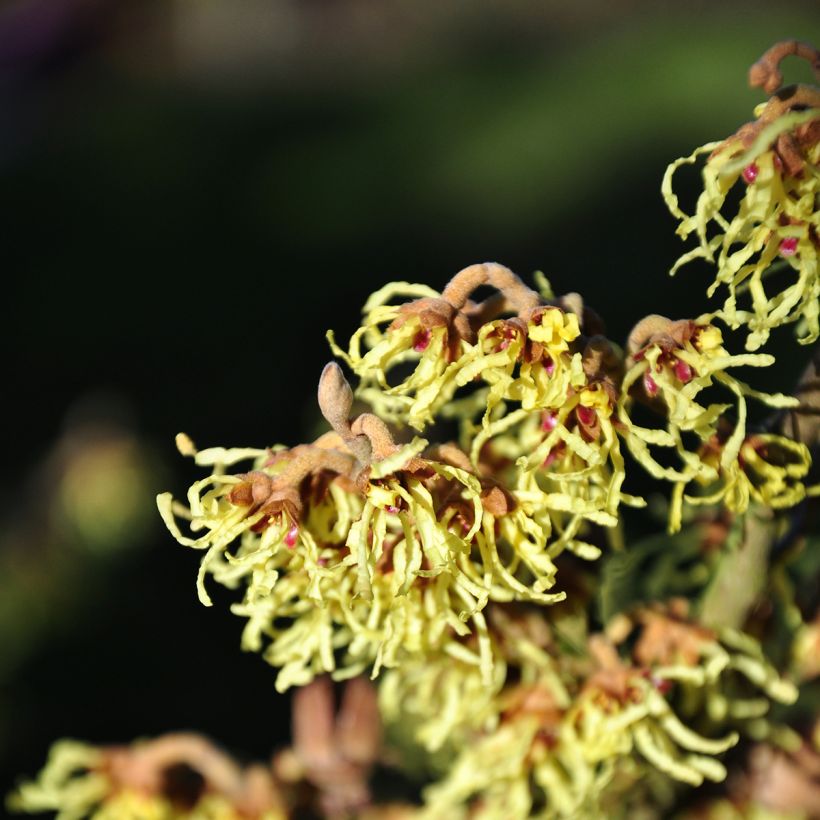

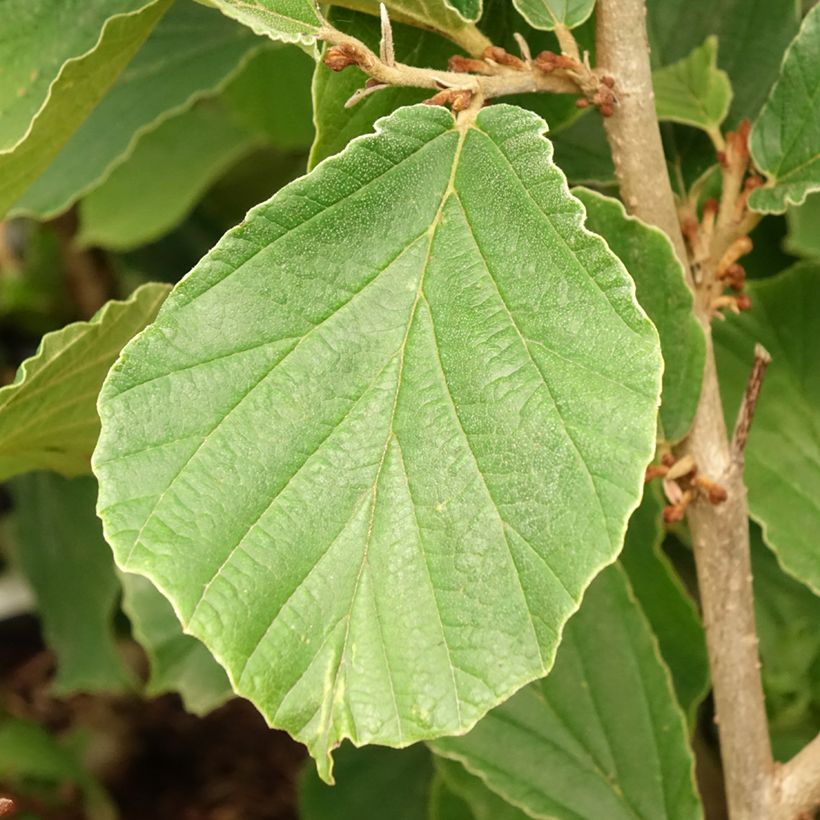

Plant habit
Flowering
Foliage
Botanical data
Hamamelis
x intermedia
Westerstede
Hamamelidaceae
Witch Hazel
Cultivar or hybrid
Planting and care
To fully enjoy the beauty of your Hamamelis intermedia Westerstede, plant it near your house so that it stands out against a dark backdrop of evergreen foliage. A partially shaded exposure is preferred over scorching sun. It should be grown in acidic soil (peat soil), or at least in non-limestone soil enriched with leaf compost.
Tips: Hamamelis are sensitive to alkaline soils, which is indicated by the summer yellowing of its leaves and reduced flowering. To facilitate its establishment, incorporate peat soil during planting. The soil should remain moist, even in summer. Mulching around the plant will help maintain freshness.
Planting period
Intended location
Care
Planting & care advice
This item has not been reviewed yet - be the first to leave a review about it.
Similar products
Haven't found what you were looking for?
Hardiness is the lowest winter temperature a plant can endure without suffering serious damage or even dying. However, hardiness is affected by location (a sheltered area, such as a patio), protection (winter cover) and soil type (hardiness is improved by well-drained soil).

Photo Sharing Terms & Conditions
In order to encourage gardeners to interact and share their experiences, Promesse de fleurs offers various media enabling content to be uploaded onto its Site - in particular via the ‘Photo sharing’ module.
The User agrees to refrain from:
- Posting any content that is illegal, prejudicial, insulting, racist, inciteful to hatred, revisionist, contrary to public decency, that infringes on privacy or on the privacy rights of third parties, in particular the publicity rights of persons and goods, intellectual property rights, or the right to privacy.
- Submitting content on behalf of a third party;
- Impersonate the identity of a third party and/or publish any personal information about a third party;
In general, the User undertakes to refrain from any unethical behaviour.
All Content (in particular text, comments, files, images, photos, videos, creative works, etc.), which may be subject to property or intellectual property rights, image or other private rights, shall remain the property of the User, subject to the limited rights granted by the terms of the licence granted by Promesse de fleurs as stated below. Users are at liberty to publish or not to publish such Content on the Site, notably via the ‘Photo Sharing’ facility, and accept that this Content shall be made public and freely accessible, notably on the Internet.
Users further acknowledge, undertake to have ,and guarantee that they hold all necessary rights and permissions to publish such material on the Site, in particular with regard to the legislation in force pertaining to any privacy, property, intellectual property, image, or contractual rights, or rights of any other nature. By publishing such Content on the Site, Users acknowledge accepting full liability as publishers of the Content within the meaning of the law, and grant Promesse de fleurs, free of charge, an inclusive, worldwide licence for the said Content for the entire duration of its publication, including all reproduction, representation, up/downloading, displaying, performing, transmission, and storage rights.
Users also grant permission for their name to be linked to the Content and accept that this link may not always be made available.
By engaging in posting material, Users consent to their Content becoming automatically accessible on the Internet, in particular on other sites and/or blogs and/or web pages of the Promesse de fleurs site, including in particular social pages and the Promesse de fleurs catalogue.
Users may secure the removal of entrusted content free of charge by issuing a simple request via our contact form.
The flowering period indicated on our website applies to countries and regions located in USDA zone 8 (France, the United Kingdom, Ireland, the Netherlands, etc.)
It will vary according to where you live:
- In zones 9 to 10 (Italy, Spain, Greece, etc.), flowering will occur about 2 to 4 weeks earlier.
- In zones 6 to 7 (Germany, Poland, Slovenia, and lower mountainous regions), flowering will be delayed by 2 to 3 weeks.
- In zone 5 (Central Europe, Scandinavia), blooming will be delayed by 3 to 5 weeks.
In temperate climates, pruning of spring-flowering shrubs (forsythia, spireas, etc.) should be done just after flowering.
Pruning of summer-flowering shrubs (Indian Lilac, Perovskia, etc.) can be done in winter or spring.
In cold regions as well as with frost-sensitive plants, avoid pruning too early when severe frosts may still occur.
The planting period indicated on our website applies to countries and regions located in USDA zone 8 (France, United Kingdom, Ireland, Netherlands).
It will vary according to where you live:
- In Mediterranean zones (Marseille, Madrid, Milan, etc.), autumn and winter are the best planting periods.
- In continental zones (Strasbourg, Munich, Vienna, etc.), delay planting by 2 to 3 weeks in spring and bring it forward by 2 to 4 weeks in autumn.
- In mountainous regions (the Alps, Pyrenees, Carpathians, etc.), it is best to plant in late spring (May-June) or late summer (August-September).
The harvesting period indicated on our website applies to countries and regions in USDA zone 8 (France, England, Ireland, the Netherlands).
In colder areas (Scandinavia, Poland, Austria...) fruit and vegetable harvests are likely to be delayed by 3-4 weeks.
In warmer areas (Italy, Spain, Greece, etc.), harvesting will probably take place earlier, depending on weather conditions.
The sowing periods indicated on our website apply to countries and regions within USDA Zone 8 (France, UK, Ireland, Netherlands).
In colder areas (Scandinavia, Poland, Austria...), delay any outdoor sowing by 3-4 weeks, or sow under glass.
In warmer climes (Italy, Spain, Greece, etc.), bring outdoor sowing forward by a few weeks.






























